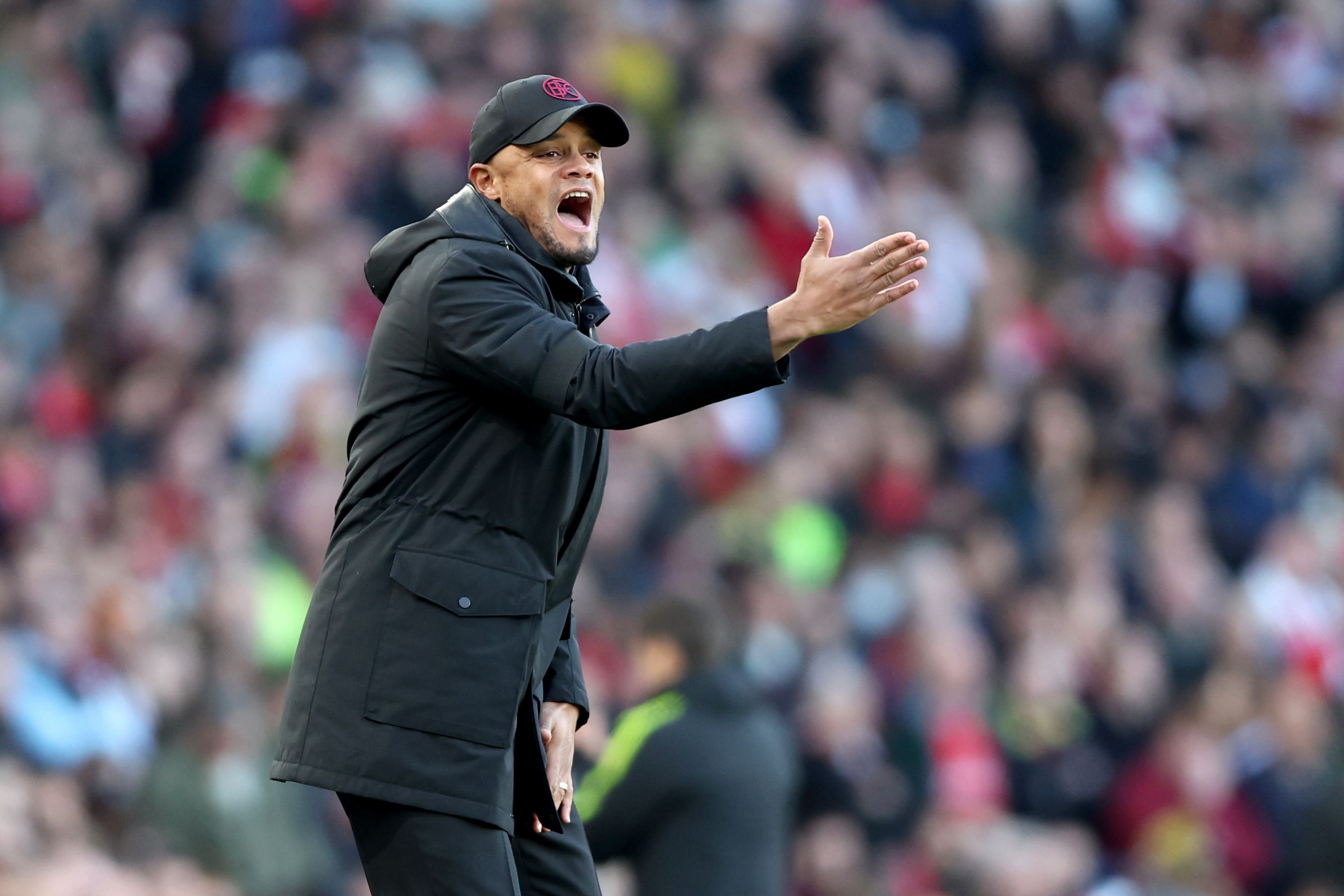‘Grass ceiling’ facing black footballers highlighted by new diversity data
Data published earlier this year found black players make up 43 per cent of those active in the Premier League.

Your support helps us to tell the story
From reproductive rights to climate change to Big Tech, The Independent is on the ground when the story is developing. Whether it's investigating the financials of Elon Musk's pro-Trump PAC or producing our latest documentary, 'The A Word', which shines a light on the American women fighting for reproductive rights, we know how important it is to parse out the facts from the messaging.
At such a critical moment in US history, we need reporters on the ground. Your donation allows us to keep sending journalists to speak to both sides of the story.
The Independent is trusted by Americans across the entire political spectrum. And unlike many other quality news outlets, we choose not to lock Americans out of our reporting and analysis with paywalls. We believe quality journalism should be available to everyone, paid for by those who can afford it.
Your support makes all the difference.New diversity data and hiring statistics further highlight the “grass ceiling” facing black footballers, the co-founder of the Black Footballers Partnership has said.
BFP data published earlier this year found black players make up 43 per cent of those active in the Premier League.
However, statistics released by the Football Association on Wednesday show that only 7.4 per cent of people in senior leadership roles at the 53 clubs signed up to its Football Leadership Diversity Code are black, Asian or mixed heritage.
The figure was only slightly higher in team operations (8.9 per cent) and only 10.5 per cent among senior coaches. The clubs also failed to hit any of the code’s eight diversity hiring targets in the 2022-23 season, with the FA accepting the hiring rates are too low to drive the necessary rapid change in representation.
The FA is consulting on a new rule to force clubs to report biannually on their workforce, and BFP co-founder Delroy Corinaldi feels if the game cannot get this right, there could be a future role for the independent regulator in ensuring compliance.
“Black players have been told time and again by the FA that you need to give the code time to work,” Corinaldi told the PA news agency.
“How much time do they want? If the FA can’t deliver, it needs to hold its hand up.
“Black players are nearly 50 per cent of your (playing) workforce. The signal you’re sending to those people is that once you get to your 30s, it’s punditry or leave the game, because there is a real ‘grass ceiling’ the FA is doing little to remove.
“How disheartening and soul-destroying is that?
“This government has said they’re not having diversity as part of its football governance regime. But maybe we need to look at that again. An industry where nearly half the key staff are blocked from promotion is not a functioning one.
“We need to get all the authorities in and we need to get serious about this problem, otherwise it will continue for generation after generation.”
FA chief executive Mark Bullingham admitted in the foreword to this year’s FLDC report that the game was making “slower progress” towards diversifying at the executive, operations and coaching level than had been hoped.
He believes mandating clubs to report workforce data represents a “critical change for football which futureproofs our approach for years to come”.
“There is no silver bullet to solving these challenges and we know that this alone will not drive all of the change we want to see.
“But publishing who we are, measuring that regularly and setting targets that stretch clubs to do better is a big step forward. It will be for clubs to set their own targets based on local factors, but it will help provide a clear statement that football is tackling diversity head-on.”